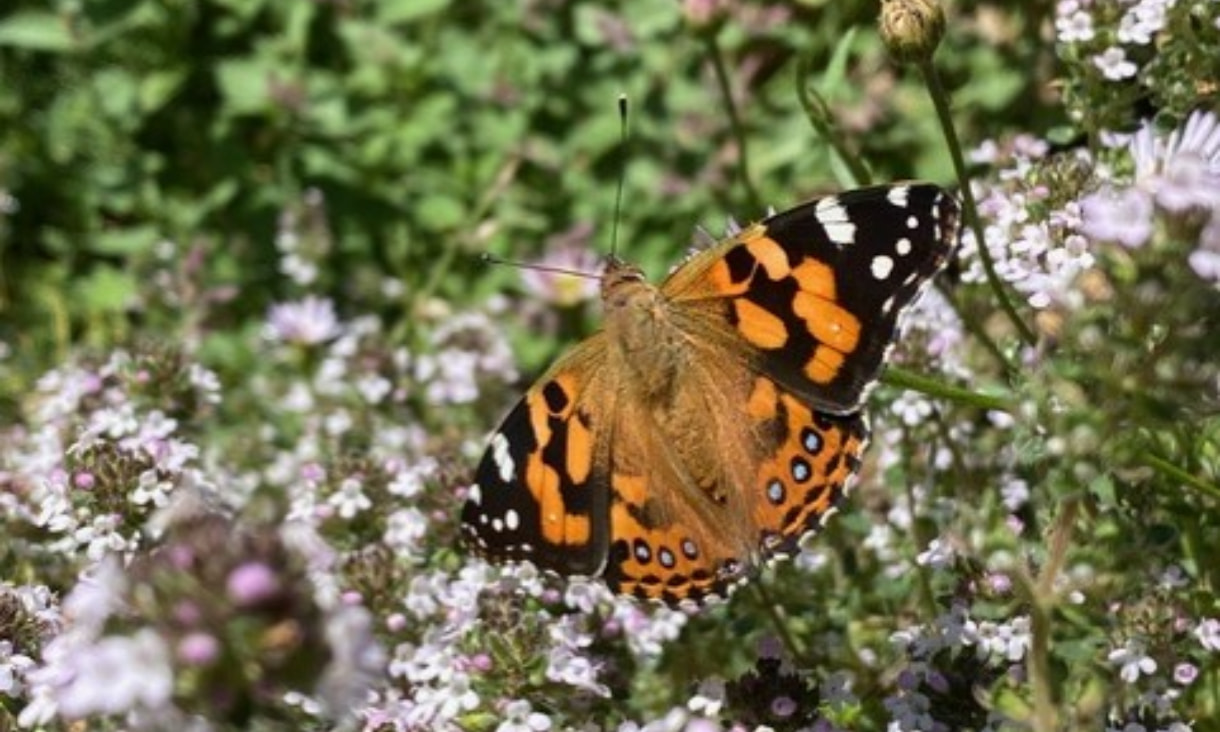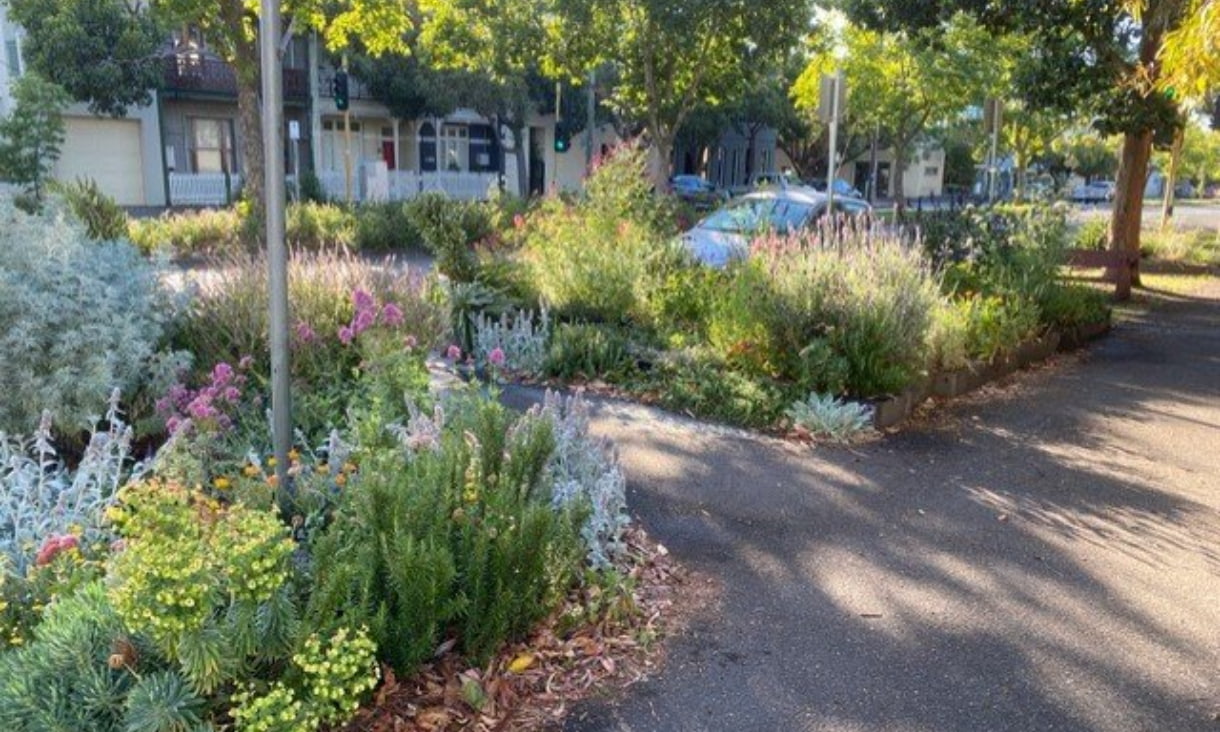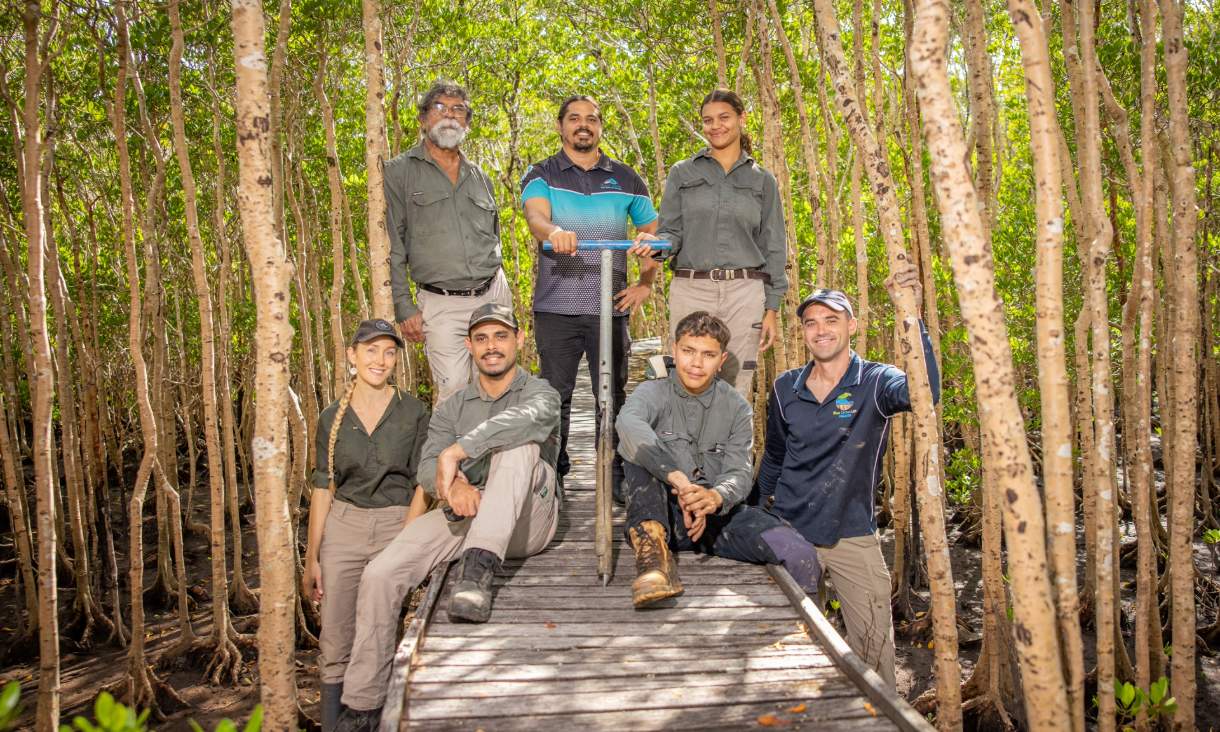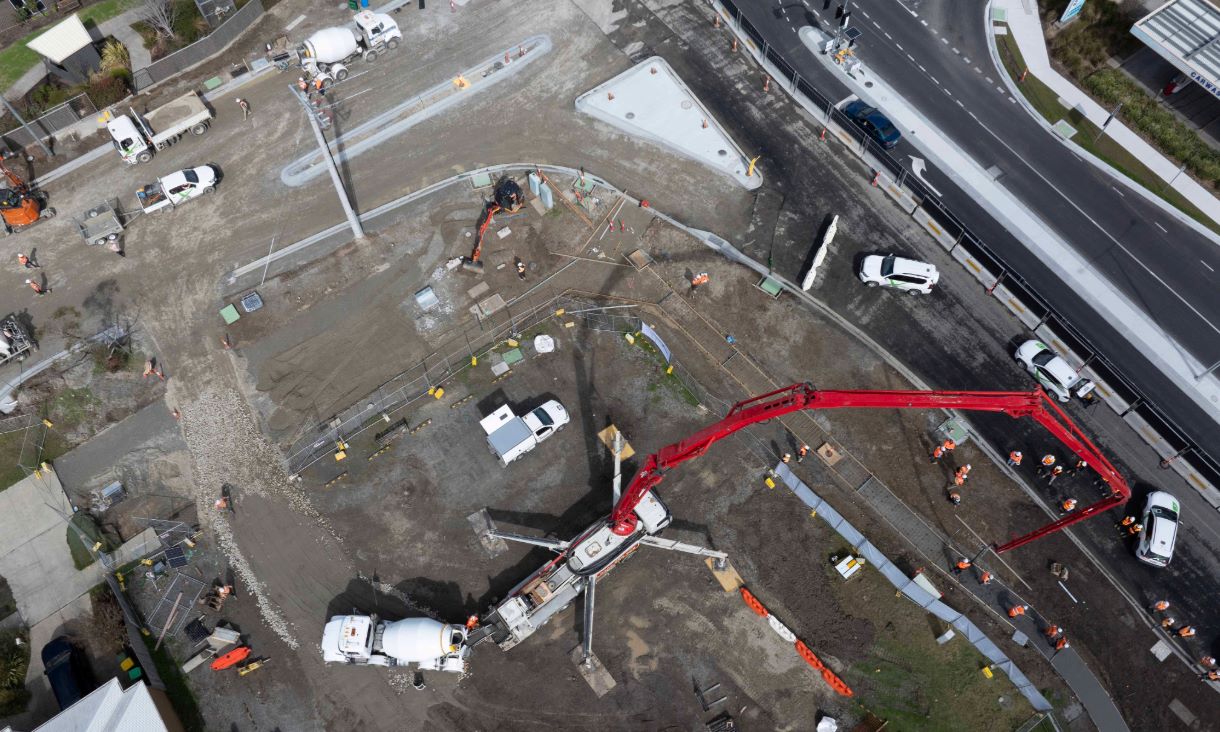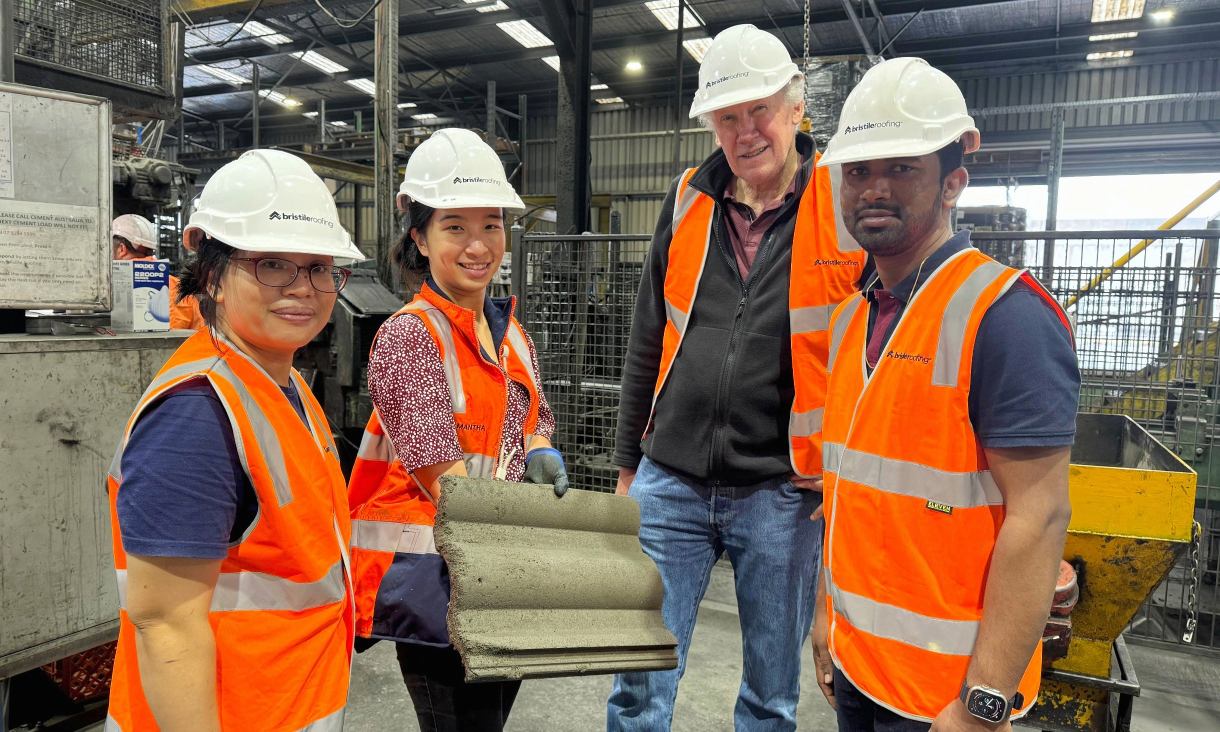Cairns Airport mangrove study sets new standard for Indigenous-led research on country
A new study highlights how Indigenous leadership, science and business can unite to protect coastal ecosystems while building long-term environmental and cultural knowledge.
Coffee waste helps make lower carbon concrete
RMIT researchers are advancing new ways to cut the carbon footprint of infrastructure by turning everyday organic waste into useful construction materials.
RMIT academic announced as 2025 Australian Antarctic Arts Fellow
RMIT Media & Communications Lecturer, artist and filmmaker Dr Polly Stanton has been announced as the 2025 Australian Antarctic Arts Fellow.
Low carbon roof tiles give industrial waste a new home
A large-scale trial of sustainable roof tiles by RMIT and Bristile Roofing has shown that incorporating coal ash and glass waste can reduce their carbon footprint.

